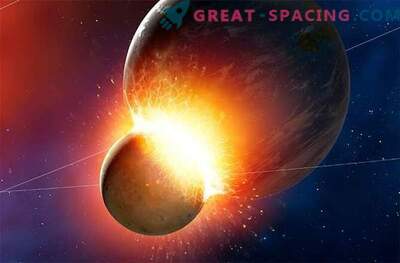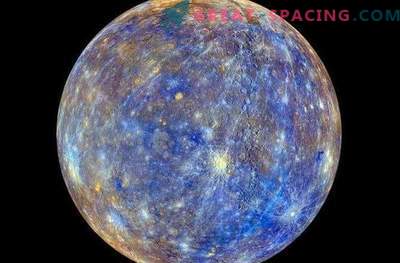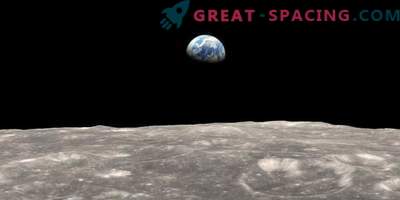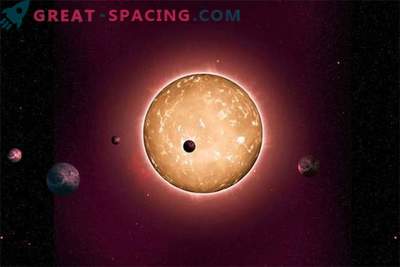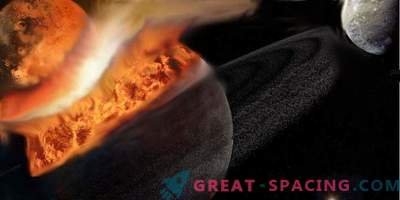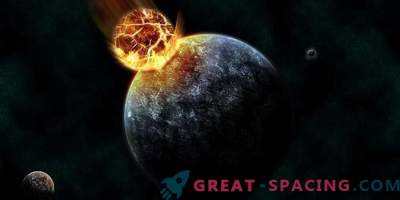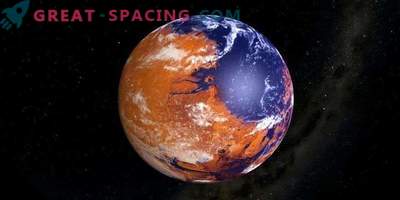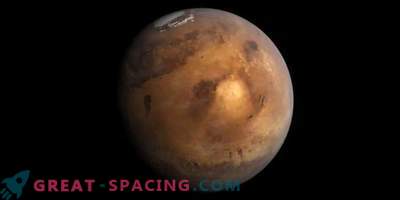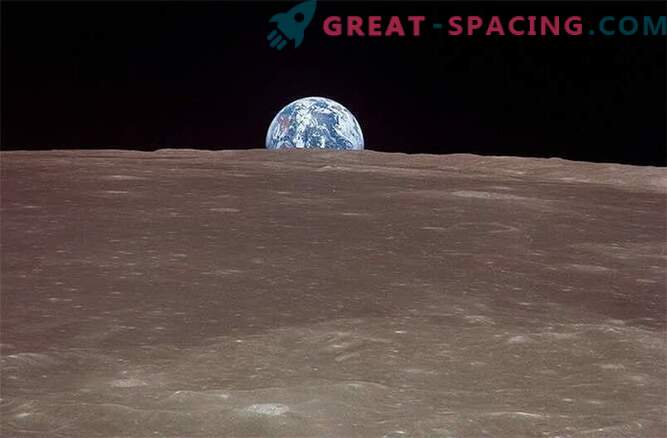
The end of the former planet Earth came when the body, the size of Mars, crashed into the body of the planet 95 million years ago after the birth of the solar system. This is much later than some astronomers thought. The collision picked up the garbage that ultimately formed the moon, so shows a new study.
The results obtained, in the course of 259 computer models that simulate the collision of an asteroid with the Earth, will help solve a long-standing discussion about how the moon was formed.
"The earth was assembled piecemeal. It did not appear overnight. The last collision occurred when a body, about the size of Mars and having about 10 percent of the Earth’s mass, struck the Earth," says astrophysicist John Chambers, of the Carnegie Institution in Washington, DC
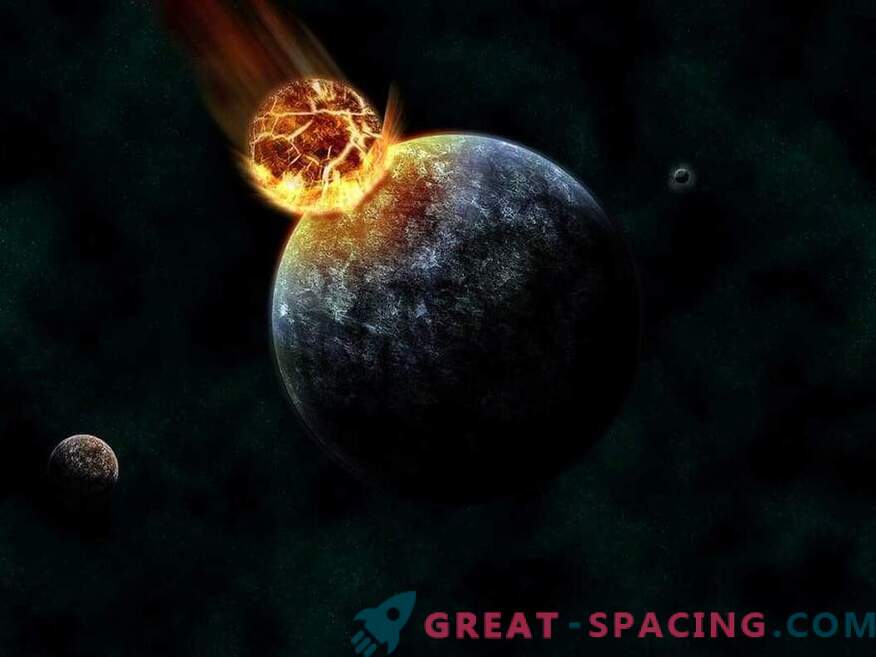
The process of formation of the moon through the eyes of the artist
"Most of the material remained on Earth, but the remaining material, along with material detached from Earth, broke into space. They later grew together to form the Moon," added Chambers.
Previous studies based on the natural decay of radioactive material were used to calculate the time between the formation of the Solar System 4, 6 billion years ago and the moment when the Moon began to form in Earth's orbit.
But these studies were not convincing, as some results showed that at the time of the collision the solar system was only 30 million years old. The new study, which shows a later date, is pushing scientists to ask a more complex question: Why is there a big discrepancy between the long formation of the Earth and the rapid evolution of Mars?

Modern theory of the formation of the moon
Analysis of the Martian meteorites shows that the planet has been formed over several million years, as evidenced by new computer models.
This debate probably would have continued until samples were brought from sister planet Venus, which, like Earth, probably had a long incubation period.
"There is a lot of uncertainty about how the protoplanetary disks looked like in the solar system," says lead researcher Seth Jacobson, from the Cote d'Azur observatory in Nice, France.
"This disk is filled with many large planetary embryos and small planetesims that collided and, of course, built the planets. We do not know how this disk was formed, how fast it grew, and how long it lasted .... If we could compare the Earth and Venus, it would help us understand a lot about the conditions for the formation of a protoplanetary disk, "he writes.
Studying how the solar system and planets were formed will help us in the search for other potentially habitable systems.
